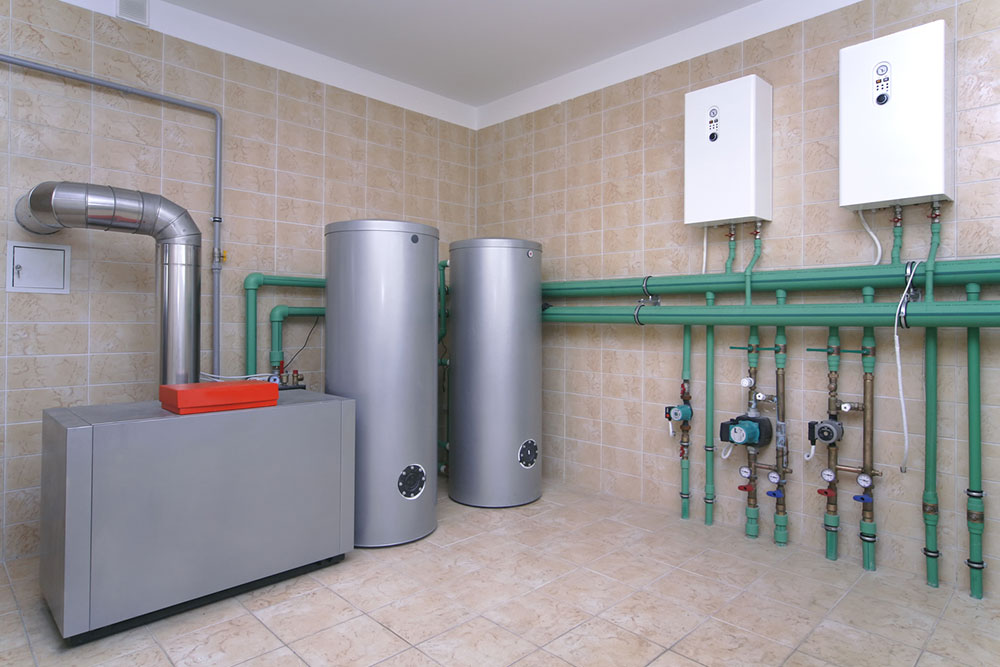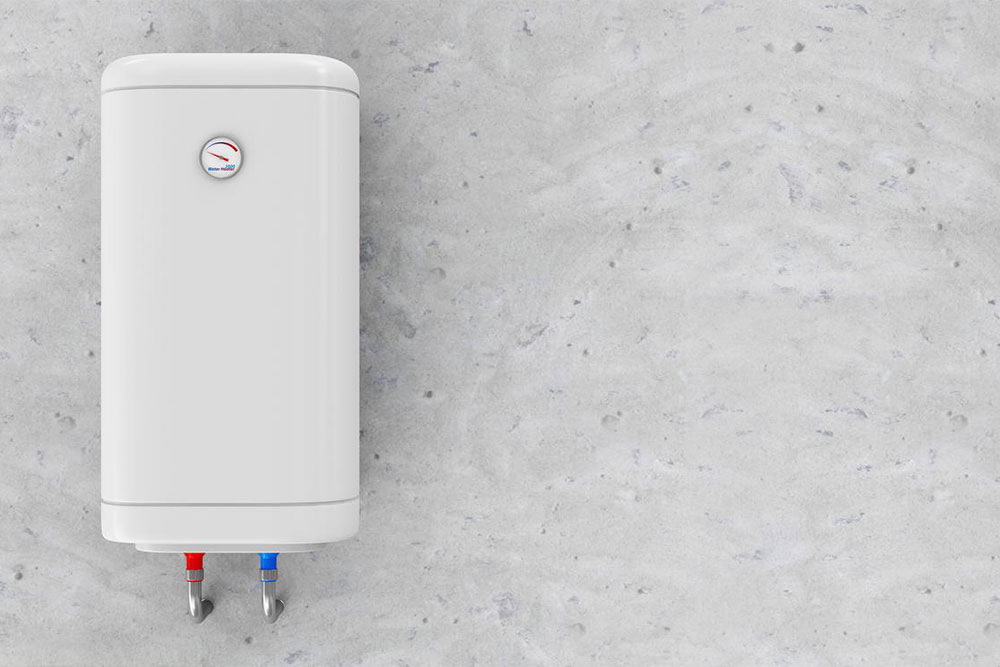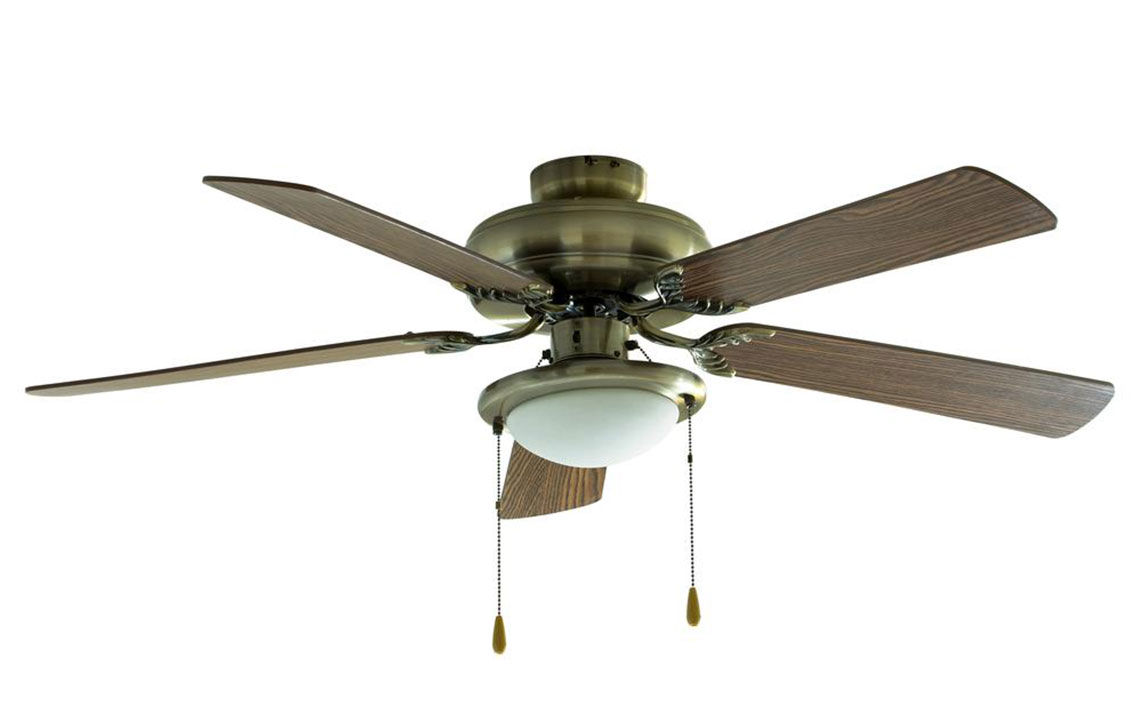Advantages and Disadvantages of Integrated Desktop Systems
Discover the benefits and limitations of all-in-one computers, including space-saving design, energy efficiency, integrated displays, and potential upgrade challenges. Ideal for modern workspaces, these devices offer sleek functionality but may not satisfy high-performance demands like gaming or extensive customization.
Sponsored

The all-in-one desktop computer combines all essential components—monitor, CPU, keyboard, and mouse—into a single device. This design makes it an increasingly popular choice for modern workspaces, especially in the U.S., due to its space-saving and sleek profile.
Importance of All-In-One PCs
With features like touchscreens and energy efficiency, all-in-one computers are embraced across diverse sectors over traditional desktops or laptops.
Touchscreen Functionality
Many models from brands like Dell and Apple include multi-touch screens, enhancing user interaction. Windows 10 users can also utilize stylus pens for precise control.
Energy Efficiency
Compared to traditional desktops and laptops, all-in-one systems consume less power. They generate less heat, helping conserve resources and save on electricity bills, aligning with environmental sustainability goals.
Built-in Display
Manufacturers like Apple, ASUS, Dell, and Acer offer sleek LCD screens integrated into the device, eliminating the need for separate monitors and providing a modern aesthetic.
Cable-Free Setup
Since all components are integrated, there's no clutter of wires or external cables, creating a tidy and safer workspace. This setup reduces tripping hazards and enhances visual appeal.
Limitations of All-In-One Computers
Despite their advantages, all-in-one systems come with drawbacks:
The cost tends to be higher than traditional desktops or laptops, making them a more significant initial investment.
Hardware upgrades are limited; most internal components are fixed, and replacing or upgrading parts can be challenging and often requires professional help.
Rapid technological advancements may render a device outdated a few months after purchase, especially if newer display resolutions or features emerge.
Gaming performance may not meet high-end standards due to inferior graphics and processing power compared to dedicated gaming laptops or desktops.
Limited memory and internal component upgrade options can affect performance for demanding tasks.
Repairs, such as fixing USB ports, can be more complicated than with traditional desktops, which are easier to upgrade and maintain.
Overall, all-in-one computers suit users seeking a compact, stylish device capable of handling everyday tasks, but they may fall short for gaming or extensive hardware customization needs.






